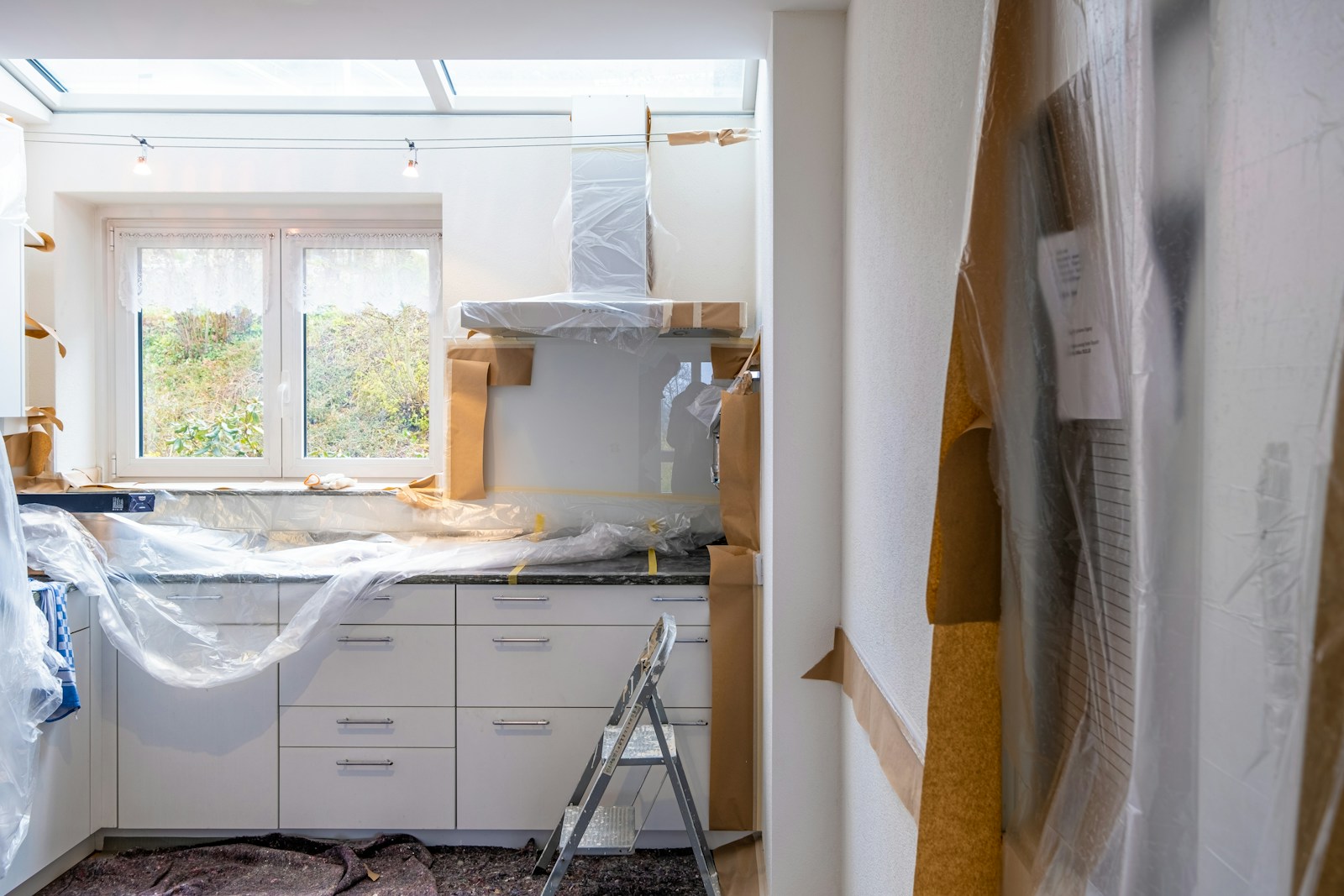When it comes to preparing your home for sale, not all renovations add value—some can actually hurt it. At The Smallbone Team, we’ve guided countless clients through the selling process and have seen firsthand which upgrades pay off—and which ones fall flat with buyers.
If you're thinking about remodeling before listing your property, here are the top renovations to avoid if you want to maximize your resale value.
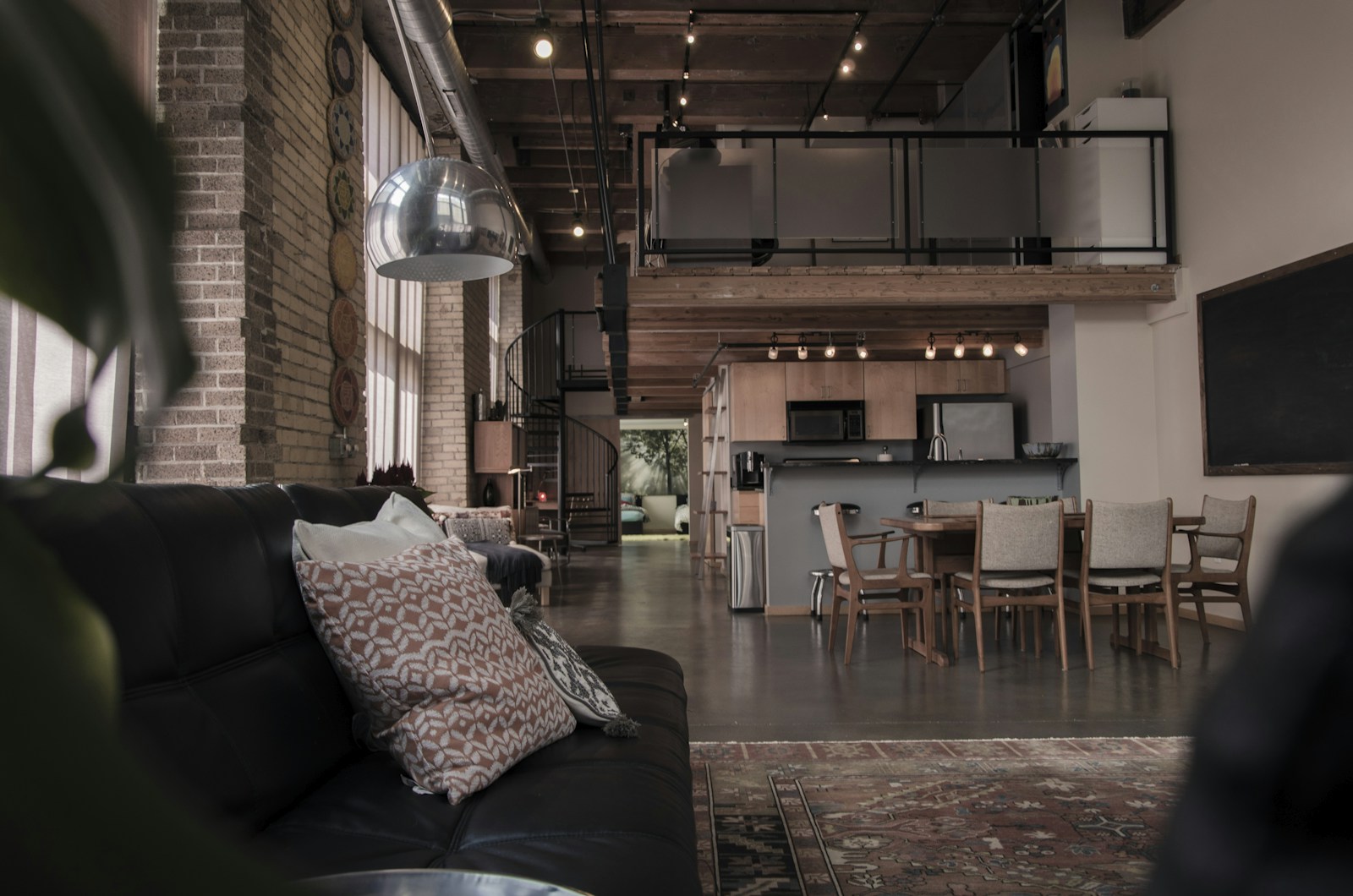
1. Overly Personalized Design Choices
While it’s tempting to make your home a reflection of your style, potential buyers may not share your taste. Bold wallpaper, themed rooms, or unusual color schemes can make it harder for buyers to envision themselves living there.
What to do instead:
Stick to neutral tones and timeless finishes. You want to appeal to the largest pool of buyers possible.
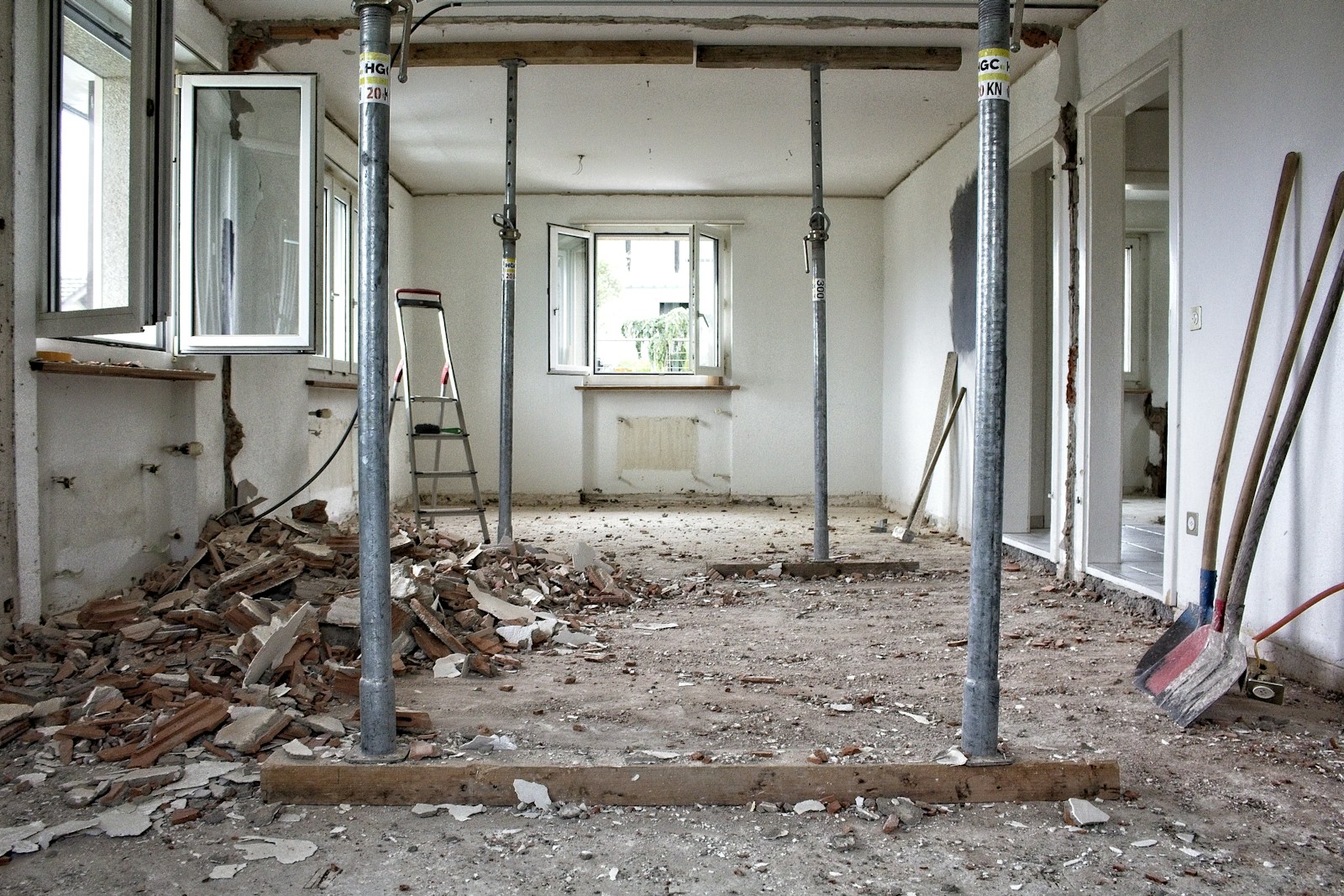
2. High-End Kitchen Overhauls
Yes, kitchens sell homes—but going overboard with ultra-luxury appliances, exotic countertops, or custom cabinetry can backfire. The more you spend, the less likely you are to recoup those costs—especially if you're priced higher than the local market supports.
What to do instead:
Opt for mid-range updates like new hardware, a fresh backsplash, or energy-efficient appliances. These changes offer great ROI without breaking the bank.
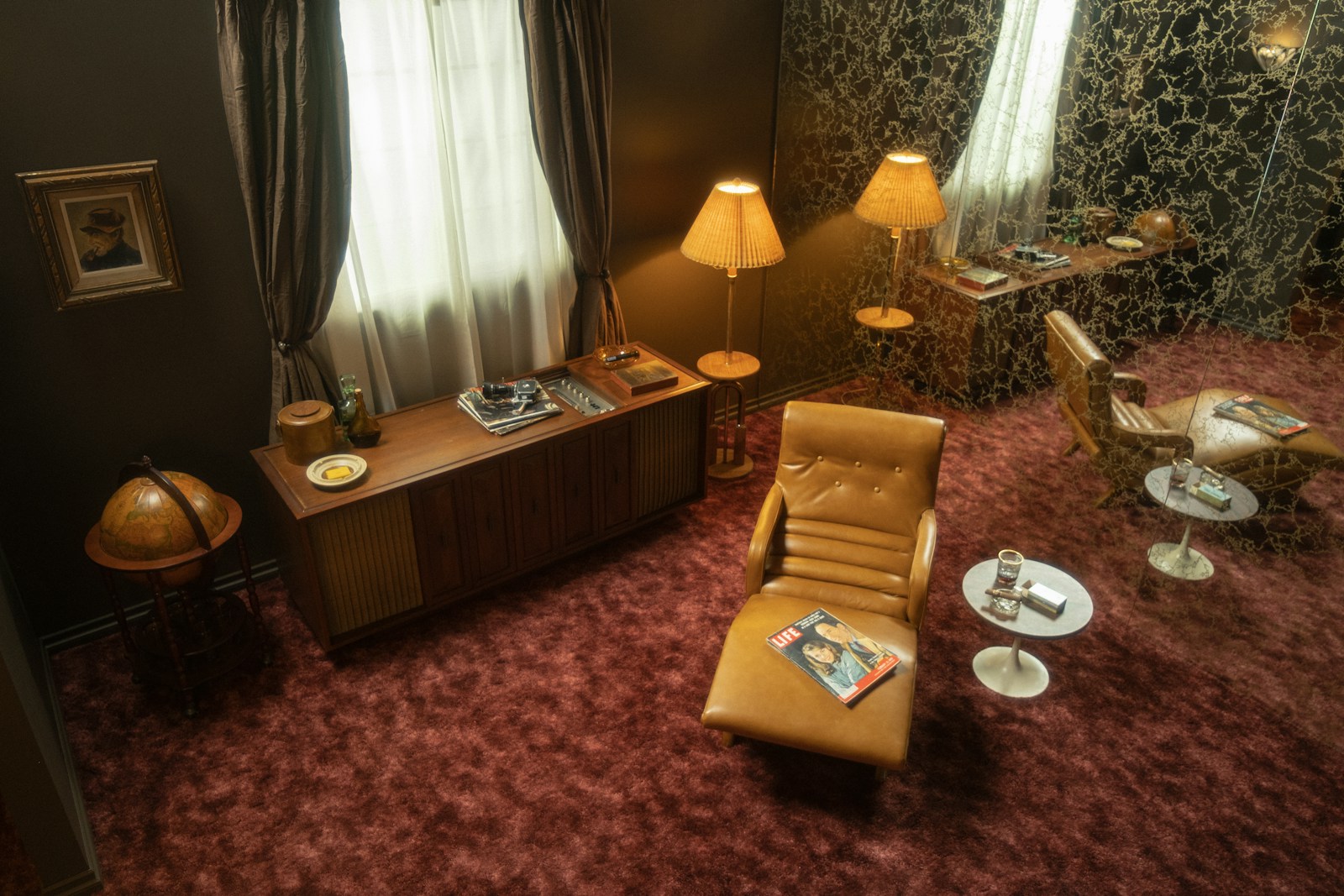
3. Wall-to-Wall Carpeting
While some homeowners love the softness and warmth of carpet, many buyers today prefer hardwood, laminate, or luxury vinyl flooring due to its durability and modern look.
What to do instead:
If you’re considering flooring updates, go for options that appeal to the majority of buyers in your area. Hardwood continues to be a top selling feature.
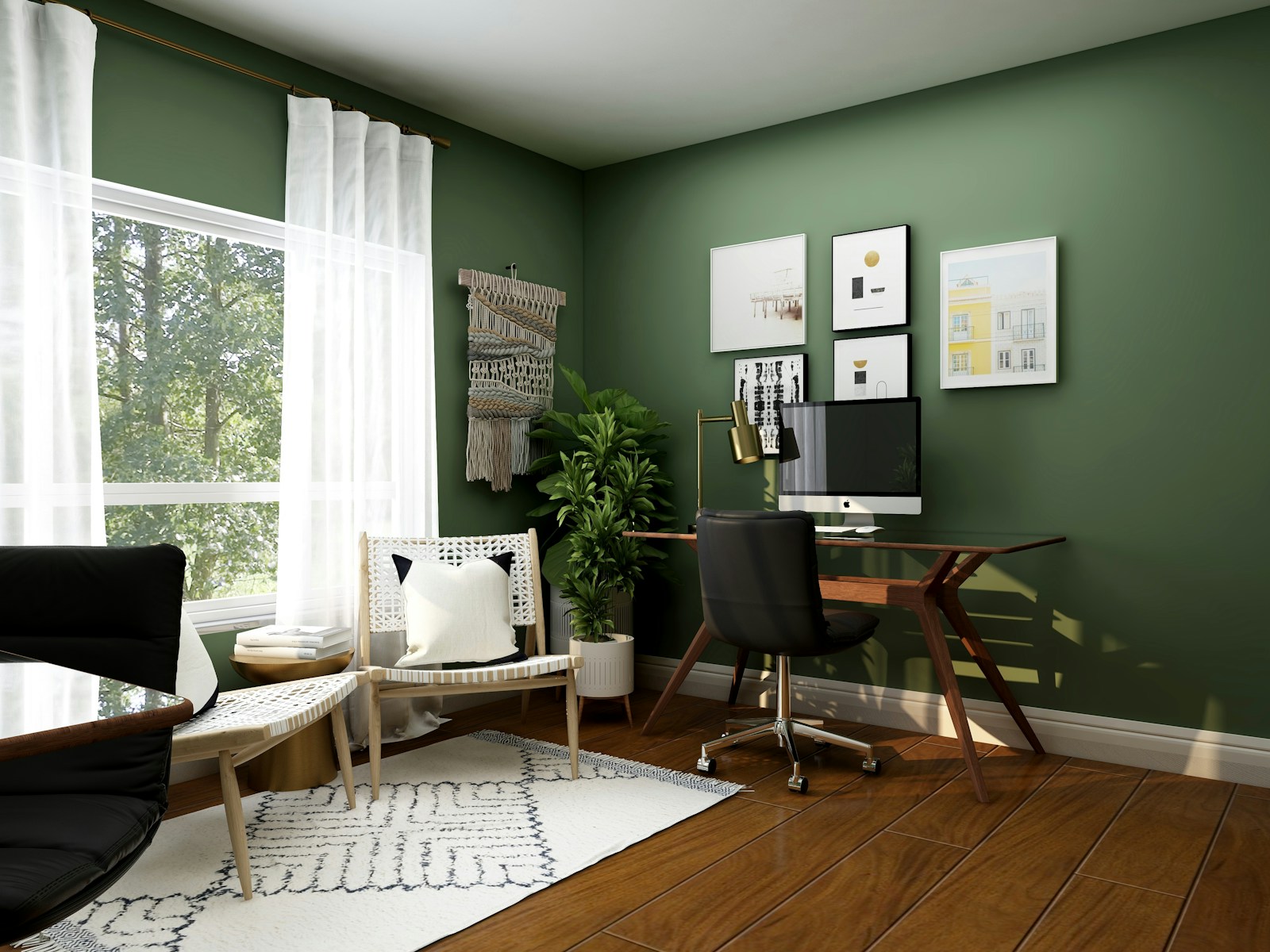
4. Home Office Conversions (in Smaller Homes)
Turning a bedroom into a home office might seem smart in today’s remote work climate—but in smaller homes, sacrificing a bedroom can hurt your home’s value.
What to do instead:
Use furniture and staging to suggest flexibility, but keep the room’s identity as a bedroom intact for listing purposes.

5. Swimming Pools
In certain high-end markets, a pool can be a selling point—but for many buyers, it’s seen as a liability. Pools come with maintenance costs, insurance concerns, and safety issues—especially for families with young children.
What to do instead:
If you're on the fence, skip the pool and focus on outdoor features with broader appeal like a patio, firepit, or landscaping.
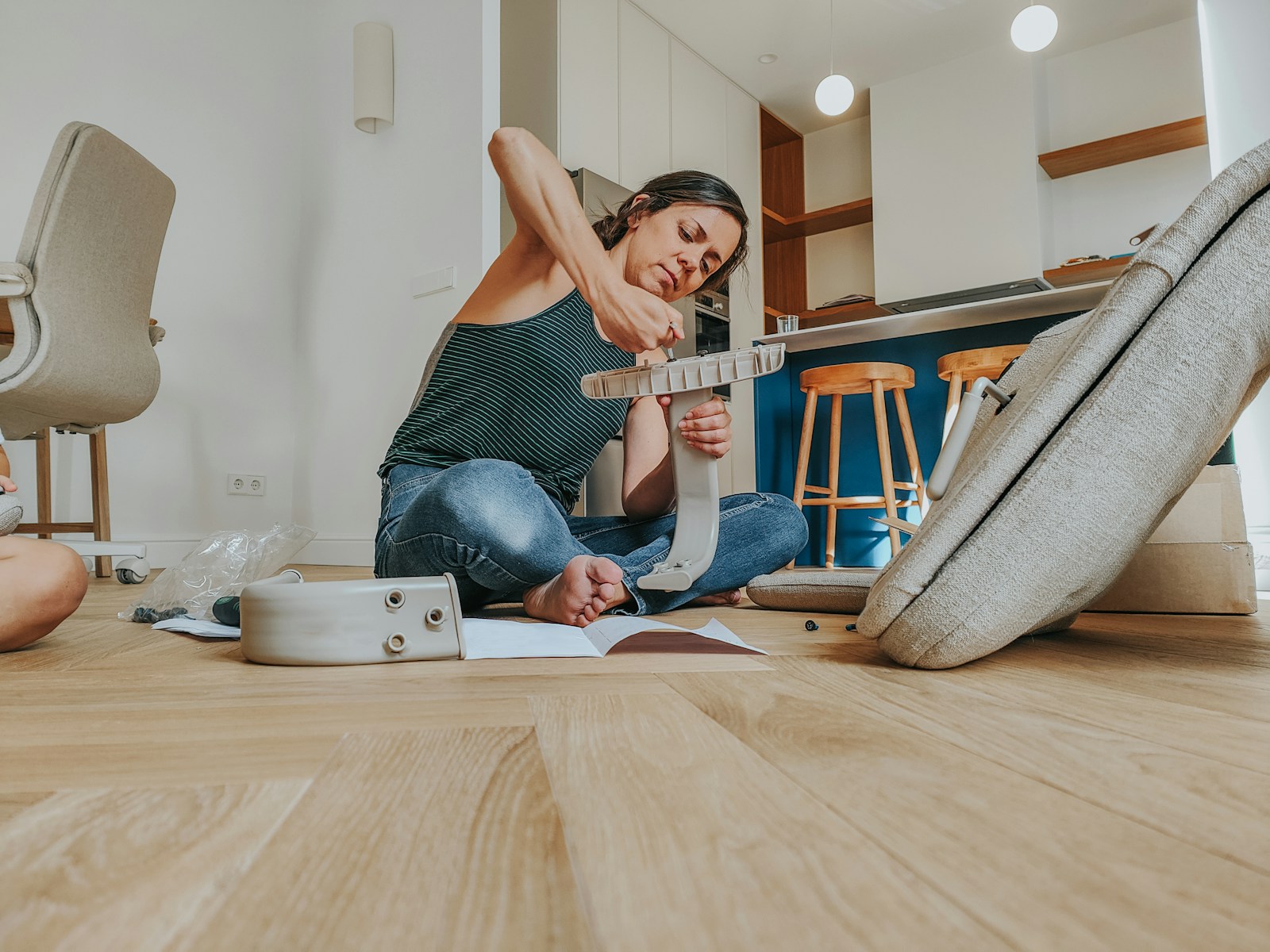
6. DIY Work That Looks… DIY
Buyers can spot unprofessional work a mile away. Whether it’s uneven tile, makeshift plumbing, or poorly installed fixtures, amateur renovations can actually decrease your home's value.
What to do instead:
If you’re not 100% confident in your skills, hire a licensed contractor. It pays off in buyer trust—and in your final sale price.
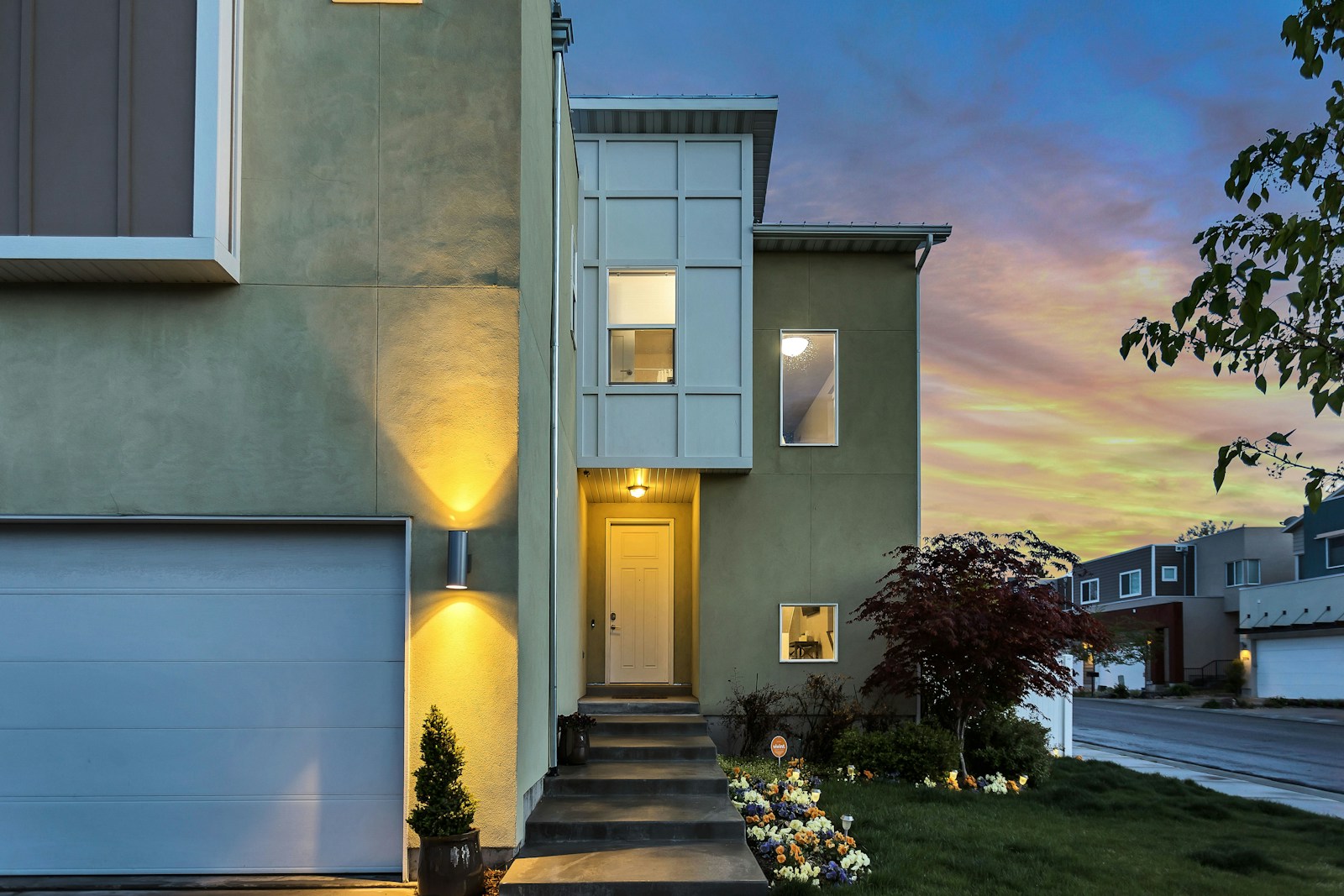
7. Room Additions That Don’t Match the Market
Adding extra square footage might seem like a no-brainer, but not all additions add value. If the rest of the neighborhood has three-bed, two-bath homes, your five-bedroom layout may price you out of the market.
What to do instead:
Focus on improving the functionality of your existing space. Finishing a basement or updating a dated bathroom is often a better investment.
Final Thoughts: Think Like a Buyer
Before you renovate, ask yourself: Would this appeal to most buyers in my area? The key is to strike a balance between upgrades that improve your quality of life and those that actually increase your home’s value.
At The Smallbone Team, we help homeowners in Burlington and beyond make smart, market-driven renovation decisions that pay off at closing. Thinking about listing your home? Let’s talk about the improvements that make sense for your property—and your market.
